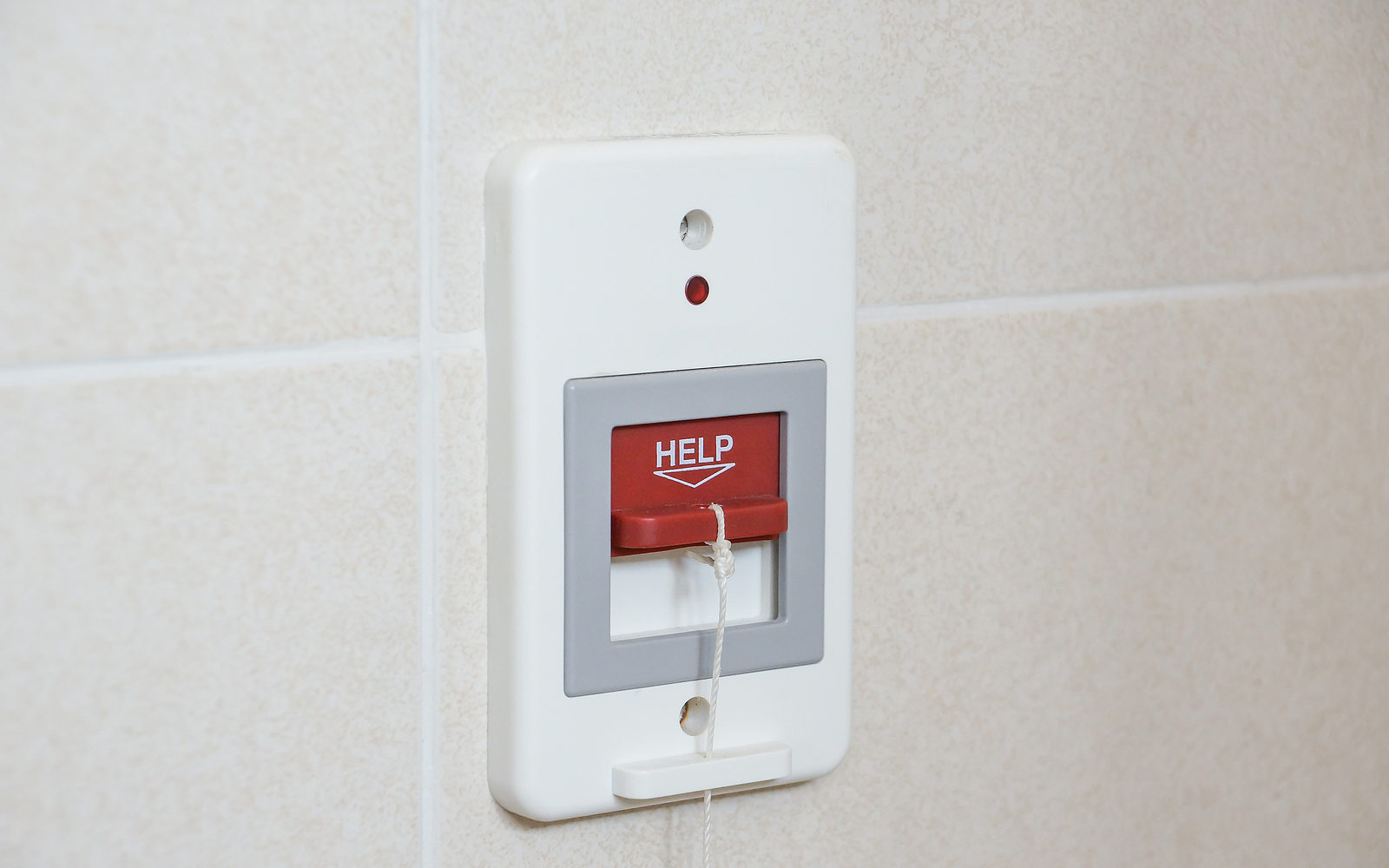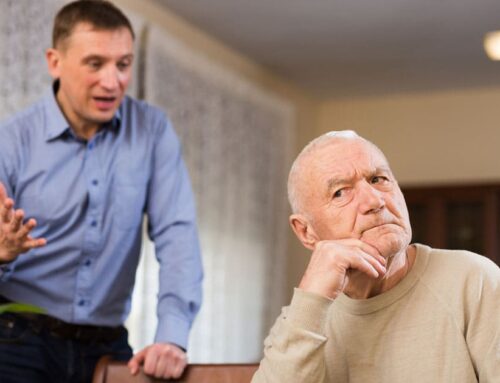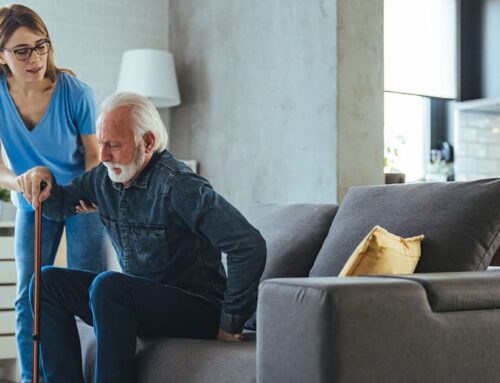When an older loved one’s health begins to decline, family members might wonder what to do next. Seniors often live in the same home for decades. While the house may have been ideal for raising a family, it’s likely not designed to support aging-related changes.
Inaccessible bathrooms, steps and staircases, a basement laundry room, and poor lighting are a few common safety hazards found in older homes. Other concerns relate to changes in physical well-being that are an undeniable reality for seniors. Vision loss, hearing problems, balance issues, and decreased mobility can make living at home more challenging for older adults.
This is when a senior living community can be a solution. They are designed and staffed to meet the changing needs of older adults.
Safety Features in Today’s Senior Living Communities
- Physical design: Safety begins with the actual design and construction of a senior living community. They are thoughtfully planned to minimize the risk for falls. Residents generally live on a single floor or have elevators to move between floors. Hallways are wide and have handrails to support those who might be unsteady on their feet. Broader doorways and ramps are also standard, as are accessible bathrooms and showers.
- Grab bars: Another staple in senior communities is grab bars in key locations. While they are usually installed in the bathroom, they can also be placed in the bedroom and living room. These safety devices keep older adults from using towel bars, end tables, and other furniture items to pull themselves up. That helps prevent a fall that results in serious injuries.
- Fire safety measures: Another safety feature that will give seniors and their families peace of mind relates to fire prevention. Regulations vary by state. In general, they include some combination of smoke detectors, fire extinguishers throughout the building, and sprinkler systems.
- Security systems: Senior housing providers make physical safety a high priority. They have processes in place to keep unauthorized people out of the community, including surveillance systems and 24/7 staffing. Residents can also utilize emergency pendants that allow them to call in-house team members for help in the event of a crisis. Many communities also have emergency call buttons in bathrooms and bedrooms. Residents with Alzheimer’s disease or another type of dementia often have a secure area of the community to live in, sometimes called a neighborhood, which helps lower the risk of wandering away.
- Disaster preparedness: Disasters can come in many forms depending upon where you live. Hurricanes, wildfires, tornadoes, blizzards, and floods can impact older adults living alone especially hard. As part of their licensing requirements, senior living communities must create plans for and practice how to handle a variety of emergency scenarios.
Finally, it’s important to remember around-the-clock caregivers are an essential part of a senior living community’s safety plan. They are available 24/7 to assist with personal care and any unplanned needs.
Learn More about Financing Senior Living in This Free Guide
If a senior living community sounds like a good fit for you or an elder in your family, you might appreciate a resource we created. You can download our complimentary Funding Guide to learn more about budgeting and financing a move to a senior living community.








